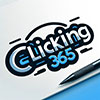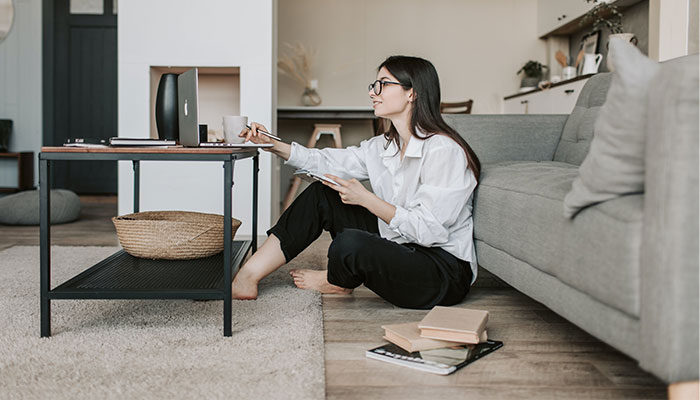Navigating the Digital Horizon: Professional Web Design Trends
In the ever-evolving landscape of the internet, web design is a dynamic field that continually adapts to technological advancements, user preferences, and aesthetic shifts. As we step into the present era, several professional web design trends are shaping the way websites are conceptualized and crafted. In this comprehensive exploration, we’ll delve into the key trends that define professional web design in the current digital milieu.
Minimalist and Clean Interfaces: Less is More
The minimalist design philosophy continues to dominate the professional web design scene. Clean interfaces, ample white space, and simplified navigation contribute to an uncluttered user experience. Stripping away unnecessary elements not only enhances visual appeal but also ensures that users can focus on essential content.
Dark Mode Elegance: Embracing the Night
Dark mode has transitioned from a trend to a staple in professional web design. Beyond its aesthetic allure, dark mode reduces eye strain and provides a visually appealing alternative to traditional light interfaces. Many websites now offer users the flexibility to toggle between light and dark themes, catering to diverse preferences.
Immersive Multimedia Integration: A Feast for the Senses
The integration of multimedia elements, including high-quality images, videos, and interactive animations, is a hallmark of modern web design. These elements not only engage users but also convey information more effectively. As internet speeds continue to improve, designers can leverage multimedia without compromising on page load times.
Microinteractions: Small Details, Big Impact
Microinteractions involve subtle animations or responses to user actions, adding a layer of interactivity to websites. These small details, such as animated buttons or hover effects, enhance the overall user experience. Professional web designers are harnessing the power of microinteractions to guide users, provide feedback, and create a more engaging interface.
5. Mobile-First Design: Prioritizing Responsiveness
With the majority of internet users accessing websites via mobile devices, the mobile-first design approach has become a non-negotiable aspect of professional web design. Prioritizing mobile responsiveness ensures that websites look and function seamlessly across a spectrum of devices, contributing to a positive user experience.
Bold Typography Choices: Making a Statement with Fonts
Typography is no longer just a functional element; it’s a design statement. Web designers are opting for bold and expressive typography to create visual interest and convey brand personality. Large, high-contrast fonts are used not only for headers but also as a central design element, contributing to the overall aesthetics of the website.
Artificial Intelligence (AI) Integration: Smart Design Solutions
The integration of AI in web design is on the rise, offering personalized and dynamic user experiences. From chatbots providing real-time assistance to AI-driven content recommendations, the smart application of artificial intelligence enhances user engagement and tailors content delivery based on individual preferences.
Sustainability in Design: Eco-Friendly Websites
Environmental consciousness has seeped into the realm of web design. Sustainable practices, such as optimizing website performance for energy efficiency and minimizing digital waste, are gaining traction. Professional web designers are incorporating eco-friendly design elements, aligning with a broader corporate social responsibility ethos.
Imperfections for Authenticity: Embracing Uniqueness
Perfectly polished designs are making way for a more authentic approach. Designers are intentionally incorporating imperfections, asymmetry, and hand-drawn elements to add character and uniqueness to websites. This trend fosters a sense of authenticity and relatability, resonating with users on a more personal level.
Voice User Interface (VUI) Optimization: Talking the Talk
As voice-activated devices become ubiquitous, professional web designers are optimizing interfaces for voice interactions. Voice user interfaces (VUI) offer a hands-free and convenient way for users to navigate websites, emphasizing the importance of clear and concise content that translates well into spoken interactions.
In conclusion, the realm of professional web design is an exciting and ever-evolving space. By embracing these trends, web designers can create visually stunning, user-friendly, and technologically advanced websites that not only meet the expectations of today’s users but also pave the way for the future of digital experiences. As we continue to push the boundaries of creativity and innovation, the professional web design landscape is poised for even more exciting developments in the years to come.


0 Comments